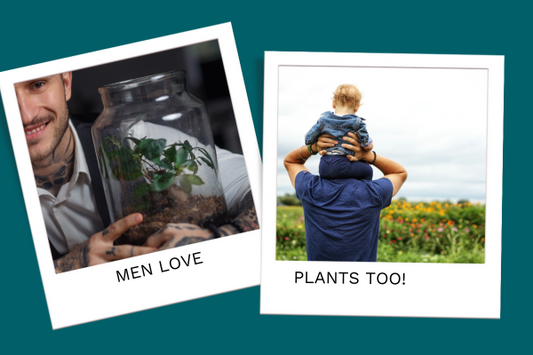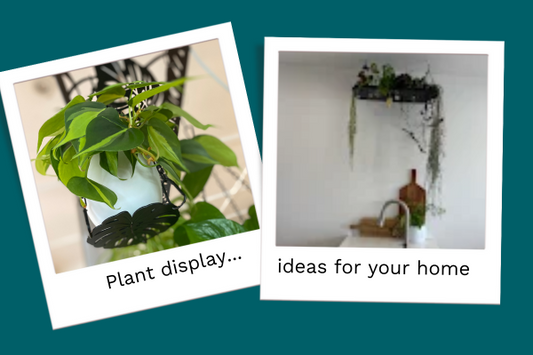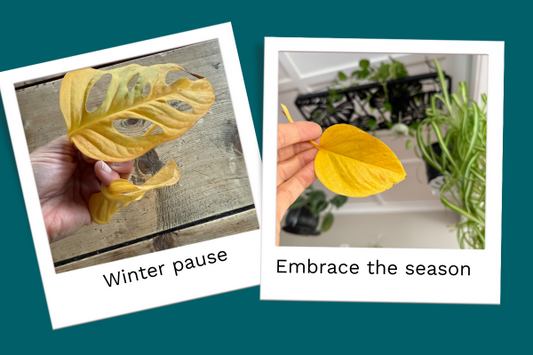Over watering is one of the biggest issues in houseplant care. It can lead to root rot, yellowing leaves and an all-round unhappy experience for you and your plants!
A regular schedule doesn't tend to work as the frequency of watering changes as weather conditions and seasons change. More often when it is hot and in peak growing season, and less often in winter, when growing slows down with the dropping temps and light.
Here are 4 simple ways to know when it's time to water:
-
Use clear nursery pots - these clearly show the state of the substrate and you can see if the soil is still moist or in need of a water.
-
Foliage check - get used to gently handling your plant's leaves (some are real drama-queens, but most will let you get away with this). You'll get to know when they are soft, wrinkly and limp (they need water). When they are tight, firm and have less 'give' when gently squeezed, no water needed. Good plants to learn with are spider plants, hoyas, N-Joy pothos as you'll be able to 'feel' when they need water.
-
Another physical tell, is the weight. How light does the pot feel? This is another one you'll get used to over time.
-
Soil test - some use a finger dug into the soil (but personally, this doesn't work for me); a chopstick (solid option) when the end is dry, water; moisture meter (this was a fail for me, as it never seemed reliable) or best yet, a Growprobe. Made here in New Zealand, it is perfect for all pots, especially those that aren't clear or large ones. The probe takes a small soil sample from the depths of your pot and if dry, water.
If you have hanging plants and are sick of struggling with macrame, our individual hangers and long hanging tray allow you to simply slide your planter out, check, water (if needed), and slide on back into place. Easy.
How much water, is another whole discussion - but I water well (so water is flushing out the bottom), clear pots will show you a thorough watering. Tilt to drain before returning to its spot. It's better to water well, but less often for most plants.




